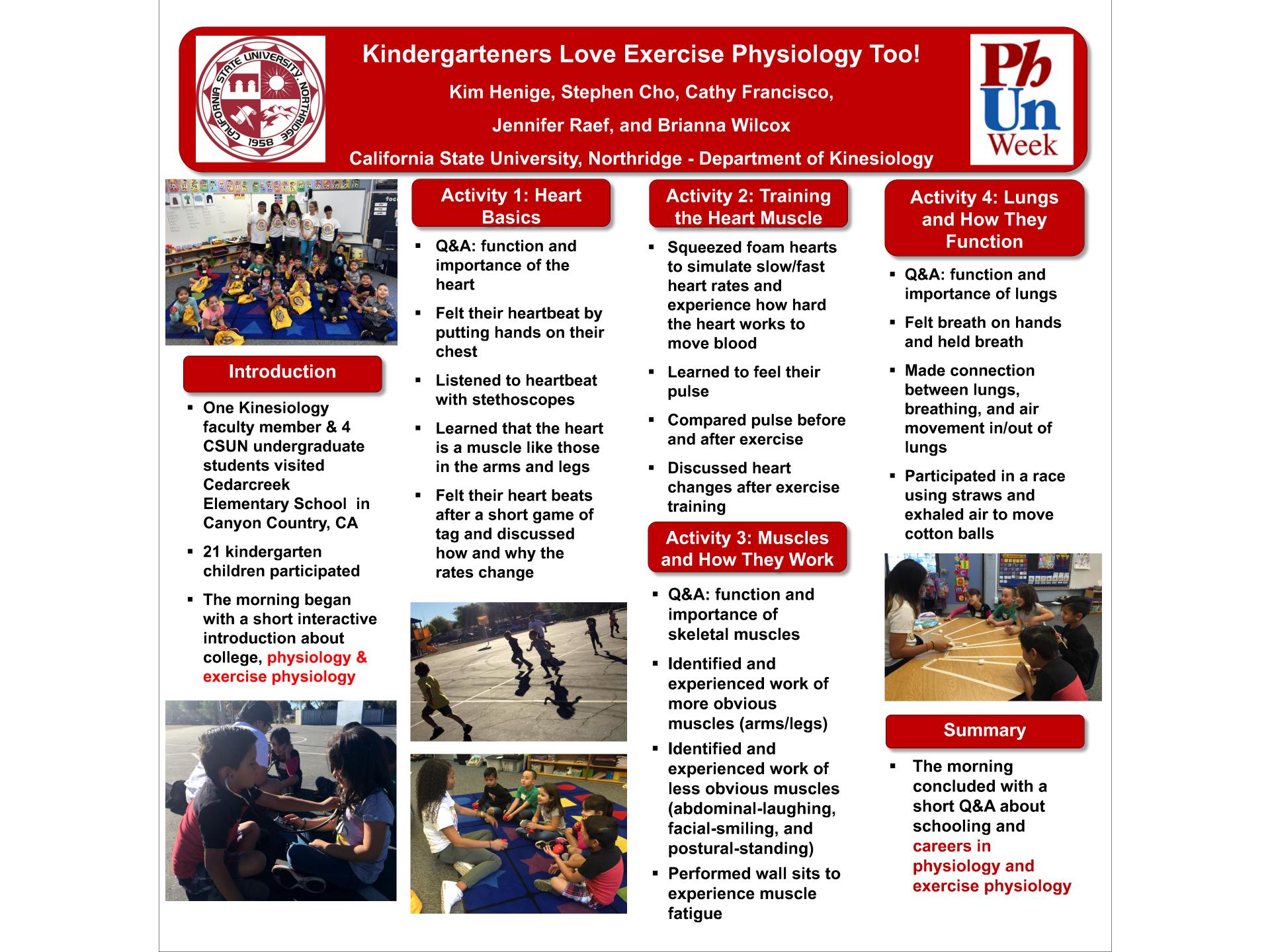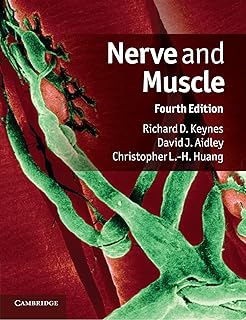Molecular And Cellular Exercise Physiology Pdf Book
Posted : adminOn 6/11/2018

Molecular Aspects of Exercise Biology and Exercise Genomics, the latest volume in the Progress in Molecular Biology and Translational Science series includes a comprehensive summary of the evidence accumulated thus far on the molecular and cellular regulation of the various adaptations taking place in response to. With Molecular and Cellular Exercise Physiology, you'll gain cutting-edge information on how exercise modulates cellular physiology. You'll be able to use that knowledge to develop better training regimens and injury-prevention and rehabilitation programs. You'll also be able to improve performance. The book is unique in.
Disclaimer Oxford University Press makes no representation, express or implied, that the drug dosages in this book are correct. Readers must therefore always check the product information and clinical procedures with the most up to date published product information and data sheets provided by the manufacturers and the most recent codes of conduct and safety regulations. The authors and the publishers do not accept responsibility or legal liability for any errors in the text or for the misuse or misapplication of material in this work. Except where otherwise stated, drug dosages and recommendations are for the non-pregnant adult who is not breastfeeding. Molecular exercise physiology is the study of exercise physiology using molecular biology methods. The development of differentiated cell types is regulated by transcription factors like the muscle-making MyoD that specifies cell type, while others regulate the development of muscle, tendons, and bones.
Batman The Dark Knight Rises Blu Ray 1080p Torrent. Maternal nutrition and exercise commonly affect embryonic development through epigenetic mechanisms. Adaptation to exercise involves sensor proteins detecting exercise-related signals, the processing of signals by signalling proteins and networks, and the regulation of the actual adaptations by effector proteins. Many sport- and exercise-related traits depend on both common and rare DNA sequence variations, including the muscle mass-increasing myostatin ( GDF8) loss-of-function and the haematocrit-increasing EPOR gain-of-function mutations.
Additionally, common DNA sequence variations contribute to the inherited variability of development, body height, strength, and endurance. Finally, in addition to ethical concerns, current genetic performance tests only explain a fraction of the variation of sport and exercise-related traits.